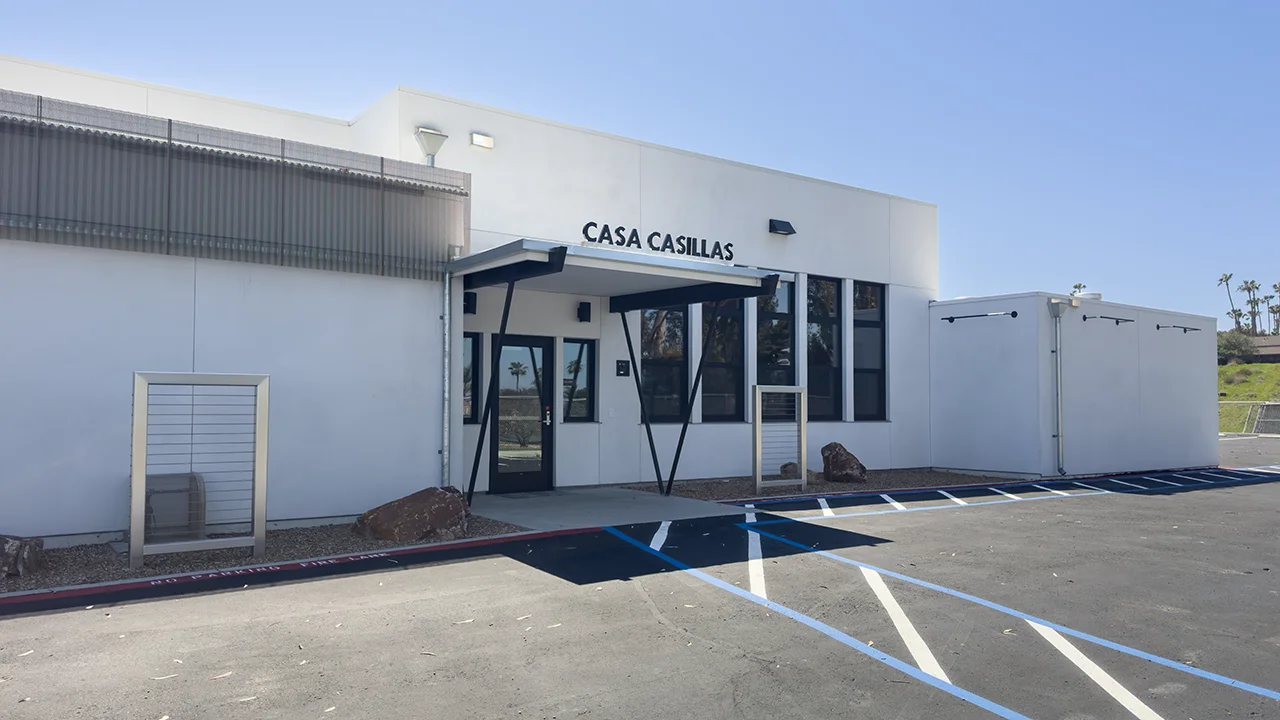The history of the Chula Vista Southbay YMCA

The Chula Vista South Bay YMCA, located at 50 Fourth Avenue in the heart of Chula Vista, is a testament to the enduring power of community, leadership, and personal development. This article explores the rich history and transformative journey of this YMCA branch, from its early beginnings to its current role as a community pillar. We will also touch on the current situation of the building now.
Early Beginnings (1922-1942)
The origins of the South Bay Family “Y” trace back to 1922 with the establishment of the San Diego County YMCA. A pivotal moment in its history was the merger of the city and county “Y”s in 1957-1958, focusing on developing branch YMCAs in South Bay, Heartland, and North County areas. During this formative period, Onis Leonard, serving as County “Y” Secretary from 1938-1942, played a crucial role in integrating the YMCA into the fabric of local schools by establishing Hi-Y and Jr. High Y Clubs. His efforts were highlighted by memorable events such as “Y” Day in Hollywood and the Junior High School Leaders Training Conference, setting a precedent for the YMCA’s community engagement.
Expansion and Community Involvement (1942-1958)
Under Frank Wood’s stewardship, the YMCA’s reach and impact in Chula Vista deepened. The establishment of the Chula Vista Y’s Men’s Club in 1947, which included veterans & locals, was aligned with the YMCA’s mission. The leadership of individuals like Steve Gassaway was instrumental in rallying community support for a local YMCA branch, culminating in the establishment of the South Bay Branch YMCA in 1960.
Establishment and Growth of the South Bay Branch (1958-1967)
The early years of the South Bay Branch were marked by mobility, from its first office above Arnold’s Garage to various locations before settling at 590 Third Avenue. The acquisition of a bus from the South Bay Elementary School District opened new avenues for adventure and outreach, including the notable rafting expeditions led by Ellis Lymons. The quest for a permanent location culminated in securing a lease for General Roca Park, leading to the inauguration of the new facility in 1965. This achievement was made possible through the foresight and strategic planning of key individuals, including Mel Cowherd and Jerry Nutter.
Programmatic Innovations and Community Services (1967-1982)
The late 1960s and 1970s were a period of prolific program development at the South Bay YMCA. The daycare program, initiated in 1967 under Sue Miller’s guidance, and the expansive Caravans program epitomized the YMCA’s commitment to providing educational and recreational experiences for youth. Signature programs such as Indian Guides fostered unique bonds between fathers and sons, reinforcing family involvement in the YMCA’s activities.
Modern Developments and Achievements (1982-2018)
The leadership transition in 1982 saw Kathleen Mays become the first woman to serve as executive director. The transition marked a new era of fiscal and programmatic innovation. The introduction of the YMCA Basketball Association League, along with other sports and educational programs, reflected the YMCA’s adaptability and responsiveness to community needs. Through these initiatives, the Chula Vista South Bay YMCA has continued to reinforce its mission of promoting health, well-being, and a sense of community, even after shutting down in 2018.

Casa Casillas, Chula Vista’s new Cultural Arts Center (2025 to present)